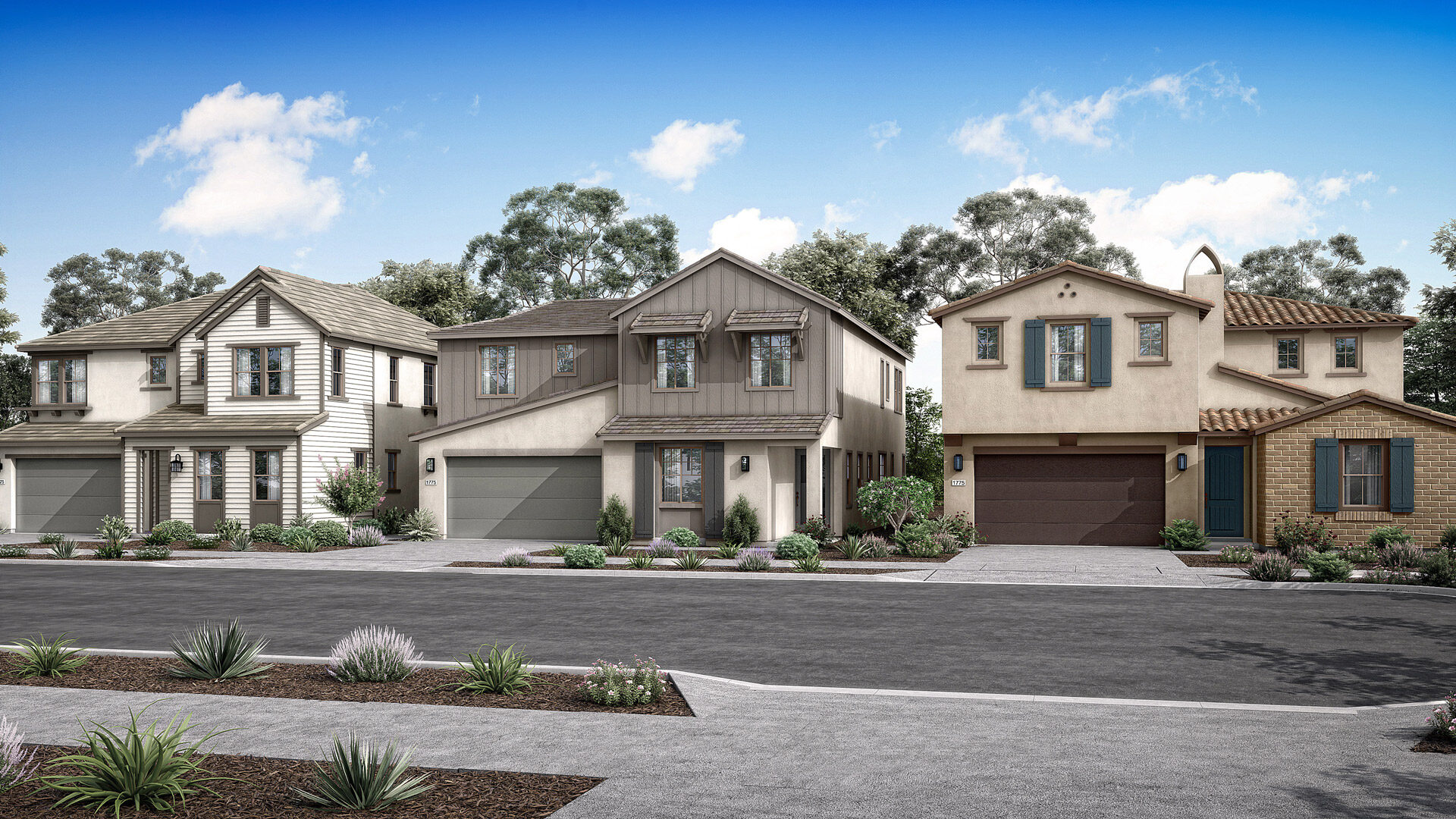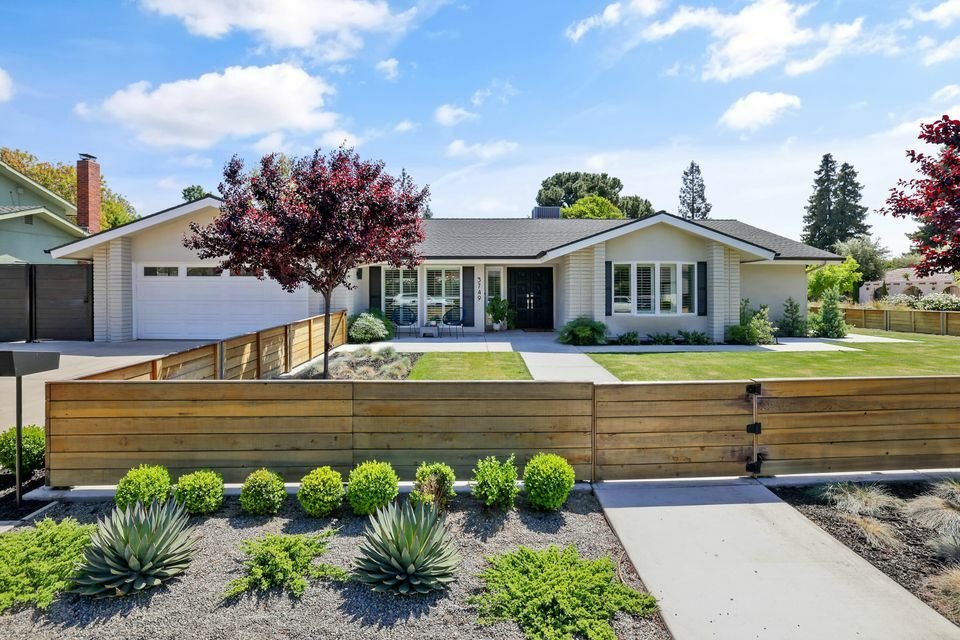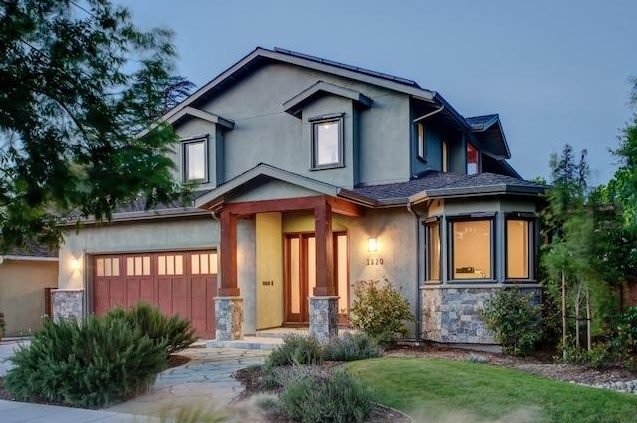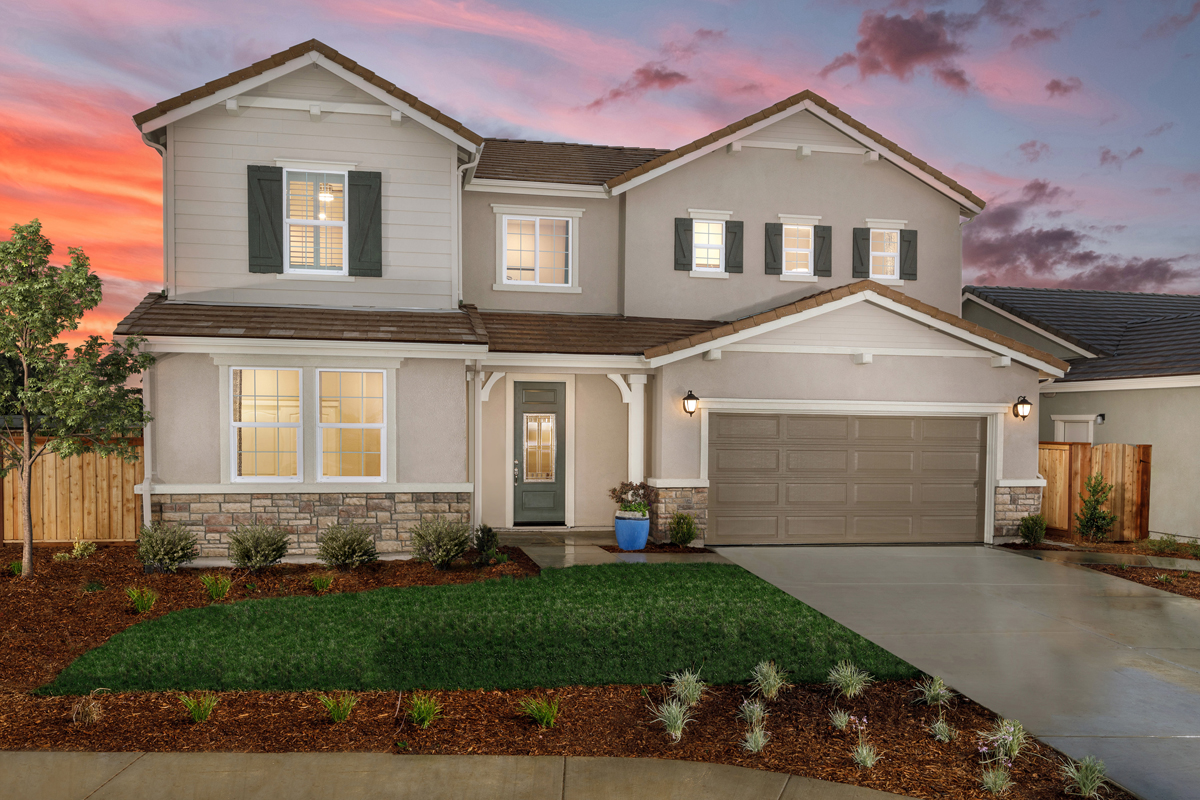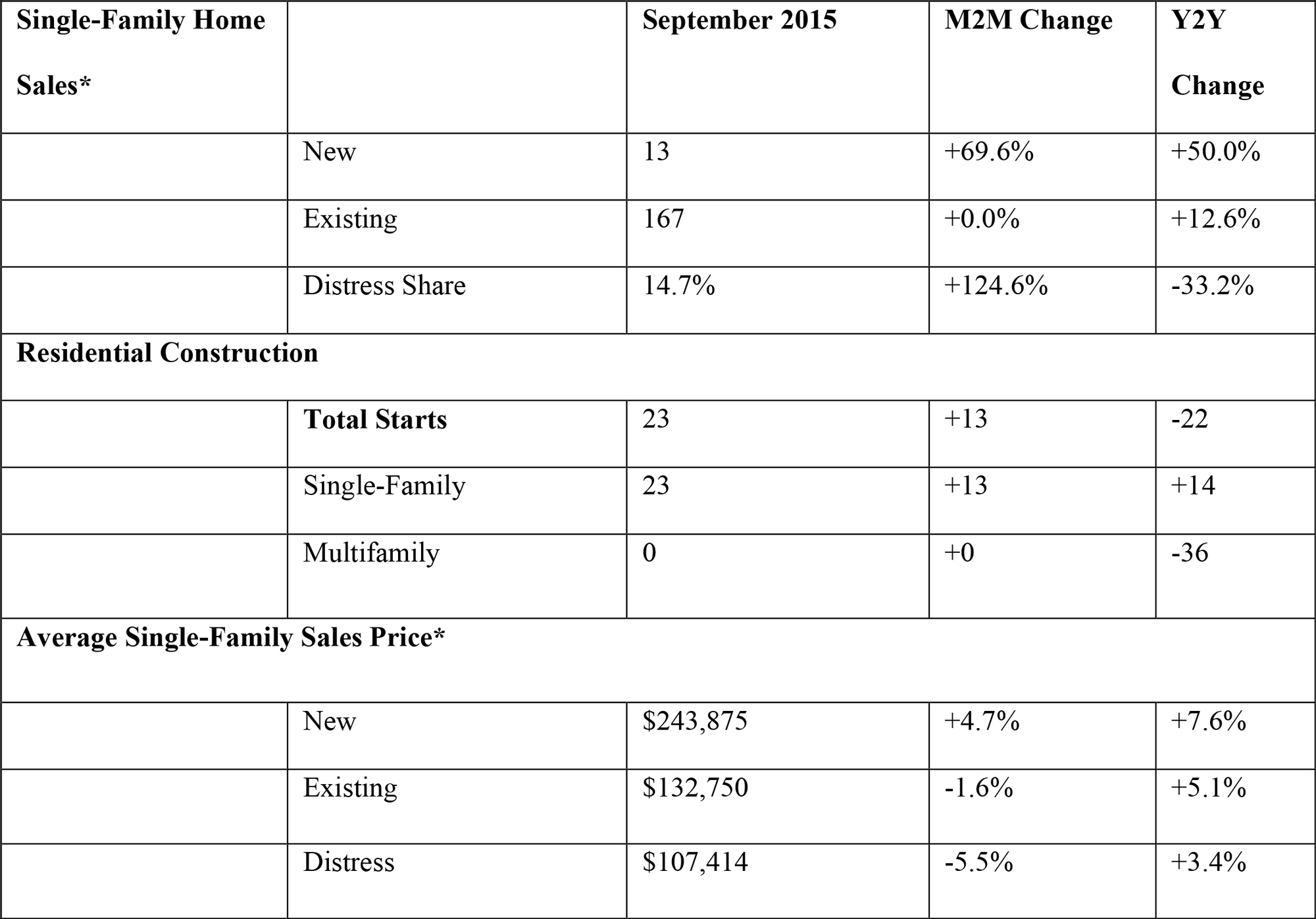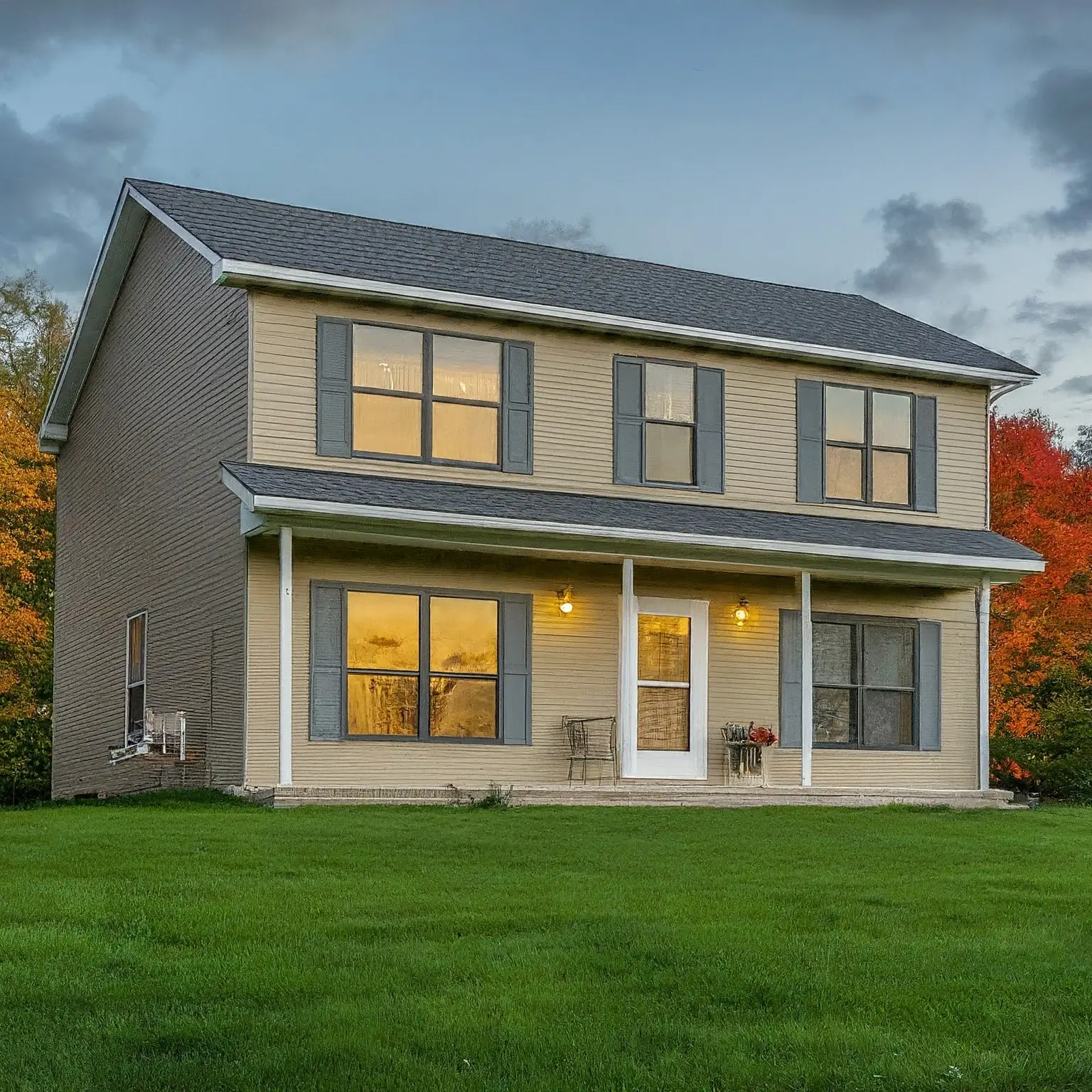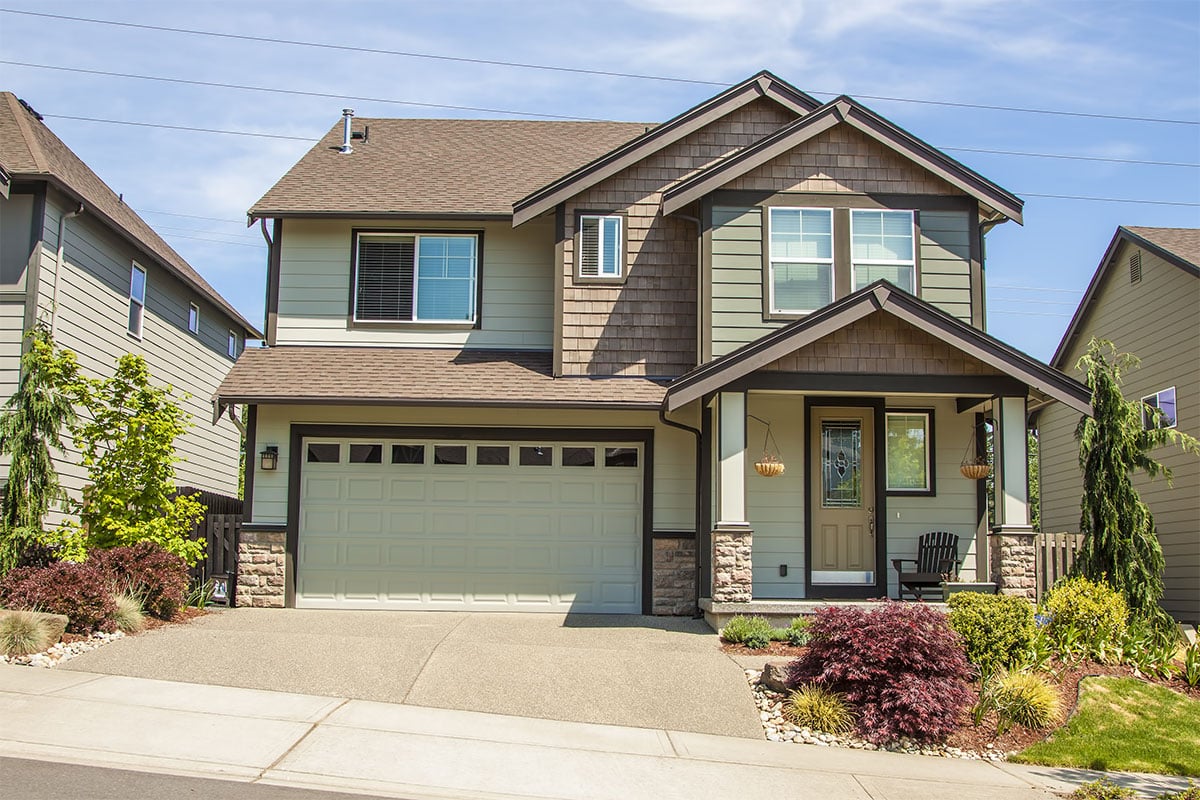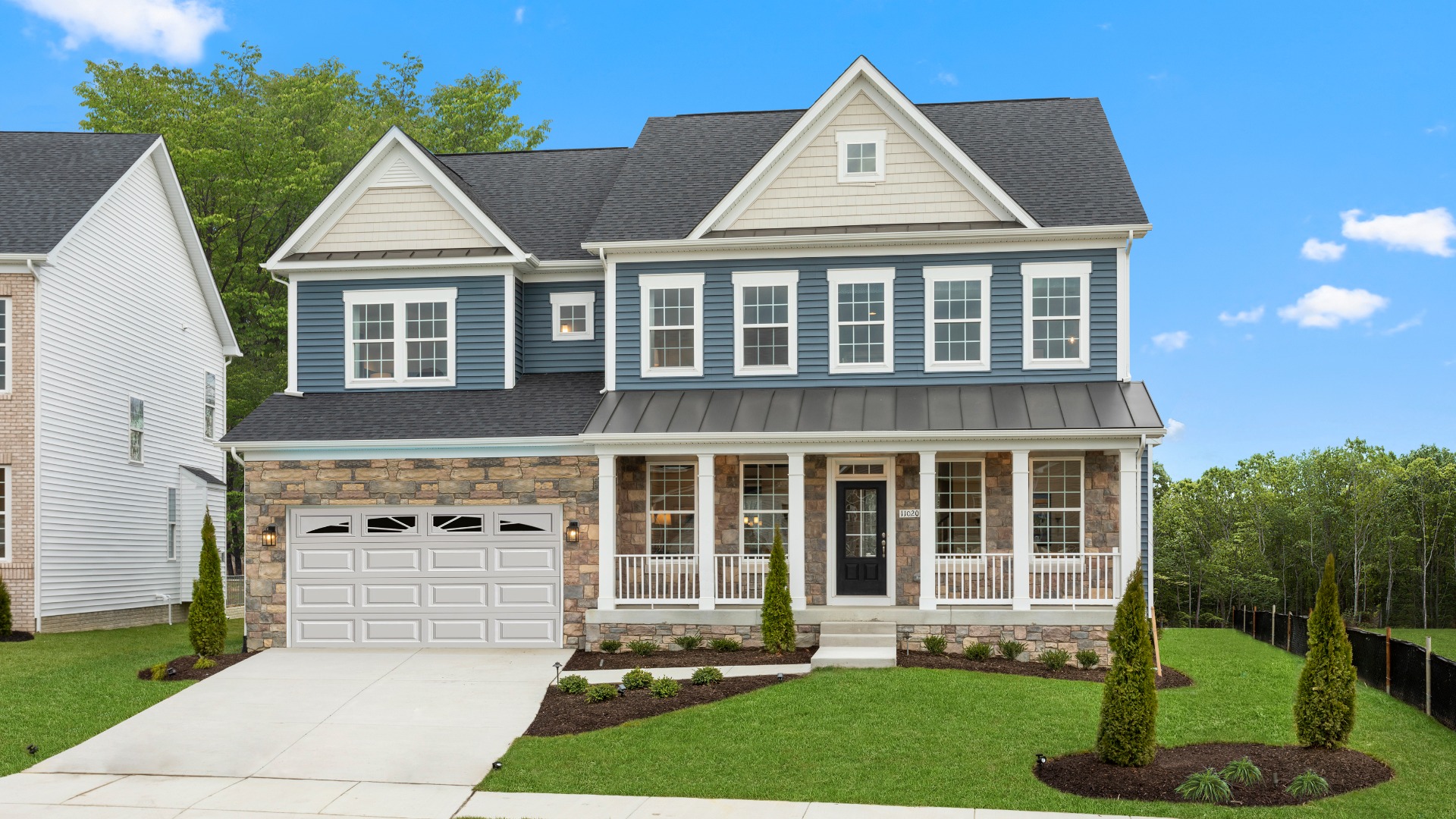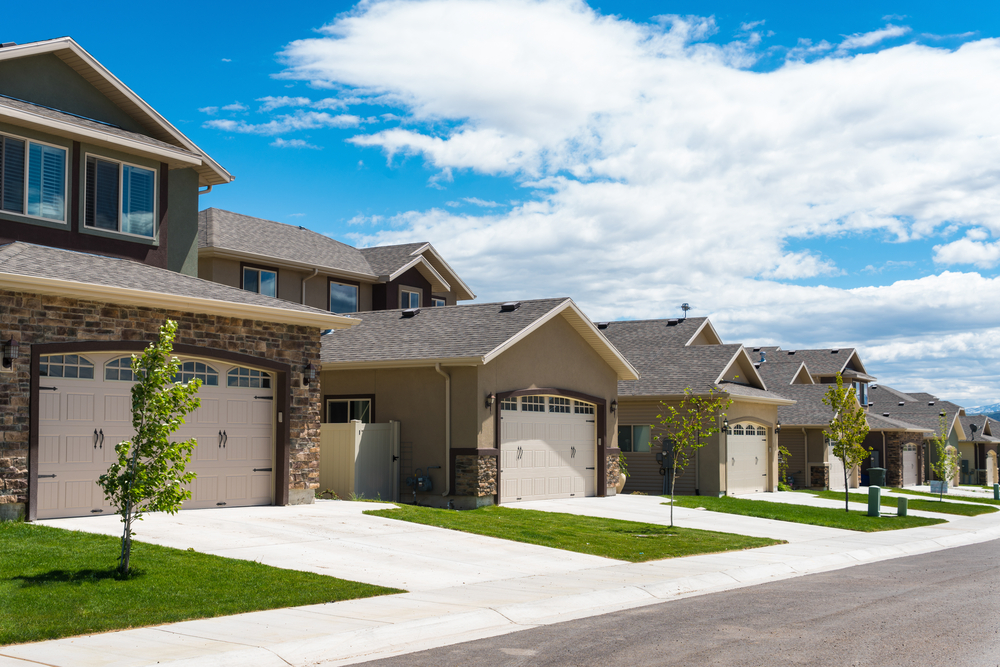Single Family Homes Under 50k In California

The dream of owning a single-family home in California, long a cornerstone of the state's identity, is slipping further out of reach for many. While coastal cities boast multi-million dollar properties, a starkly different reality exists in some of the state’s more remote corners: single-family homes selling for under $50,000.
This phenomenon, while seemingly miraculous amidst California's notoriously high housing costs, unveils a complex interplay of economic hardship, geographic isolation, and infrastructural challenges that demand careful examination. It's not a story of affordable living, but rather a reflection of deep-seated issues impacting specific communities, raising questions about sustainable growth and equitable access to housing across the Golden State.
The Allure and Reality of Sub-$50k Homes
The initial reaction to finding a single-family home for under $50,000 in California is often disbelief. Websites and online listings occasionally feature these properties, typically located in areas far removed from major metropolitan centers.
These areas include parts of Northern California like Siskiyou County, and certain communities in the Central Valley, where economic opportunities are limited and populations are declining. The low prices are often directly correlated with these factors.
The Location Factor
Location is paramount when it comes to understanding these affordable homes. Many are situated in rural communities with limited access to jobs, healthcare, and essential services.
This geographic isolation can create a cycle of poverty, as residents struggle to find stable employment and access quality education. The lack of infrastructure, including reliable internet access, further hinders economic development.
The Condition of the Properties
The price often reflects the condition of the property. Many of these homes require significant repairs and renovations, potentially adding tens of thousands of dollars to the overall cost.
Deferred maintenance, structural issues, and outdated systems are common. Prospective buyers must carefully assess the extent of the necessary repairs before making a purchase.
Economic Hardship and Depopulation
The prevalence of these low-priced homes often indicates underlying economic distress within a community. The decline of traditional industries, such as logging or agriculture, has left many areas struggling to maintain their populations and economic viability.
As younger generations leave in search of better opportunities, the housing market shrinks, leading to lower property values. This creates a vicious cycle, making it even harder to attract new residents and businesses.
Dr. Emily Carter, an economist at the California Housing Partnership Corporation, explains, "These low prices are a symptom of a larger problem. They reflect a lack of investment in these communities, leading to depopulation and a decline in the overall quality of life."
Infrastructure and Accessibility Challenges
Beyond economic factors, infrastructure limitations play a significant role. Many of these communities lack reliable transportation options, making it difficult for residents to commute to jobs or access essential services.
Limited access to broadband internet also hinders economic development and educational opportunities. Without adequate infrastructure, these communities struggle to compete in the modern economy.
Water and sewer infrastructure can also be a concern, particularly in older homes. Upgrading these systems can be costly and time-consuming, adding to the financial burden of homeownership.
The Buyer's Perspective: Opportunity or Burden?
For some, these sub-$50,000 homes represent an opportunity to enter the California housing market at an affordable price. They might be attractive to retirees on fixed incomes or individuals willing to invest time and effort into renovating a property.
However, potential buyers must carefully consider the long-term costs and challenges associated with living in these areas. Property taxes, insurance, and maintenance expenses can quickly add up.
Furthermore, the lack of job opportunities and limited access to services may outweigh the benefits of affordable housing. A thorough assessment of the area's economic outlook and infrastructure is crucial.
The Broader Implications for California
The existence of these ultra-affordable homes highlights the growing disparity between different regions of California. While some areas are booming, others are struggling to survive.
Addressing this imbalance requires a multi-faceted approach, including investments in infrastructure, job creation initiatives, and affordable housing programs. The state must work to ensure that all Californians have access to safe, affordable housing and economic opportunities.
California's housing crisis is not just a coastal issue; it extends to the rural heartland as well. Ignoring the needs of these communities will only exacerbate the problem, leading to further depopulation and economic decline.
Looking Ahead: Finding Sustainable Solutions
To create more equitable housing opportunities across California, policymakers need to focus on sustainable solutions. This includes promoting economic development in underserved areas, investing in infrastructure improvements, and supporting innovative housing models.
Incentivizing businesses to relocate to rural communities can create jobs and stimulate economic growth. Improving transportation networks and expanding access to broadband internet are essential for connecting these areas to the rest of the state.
Furthermore, exploring alternative housing options, such as manufactured homes and accessory dwelling units (ADUs), can provide more affordable housing options in rural areas. By addressing the root causes of the housing crisis, California can work towards creating a more equitable and prosperous future for all its residents.
